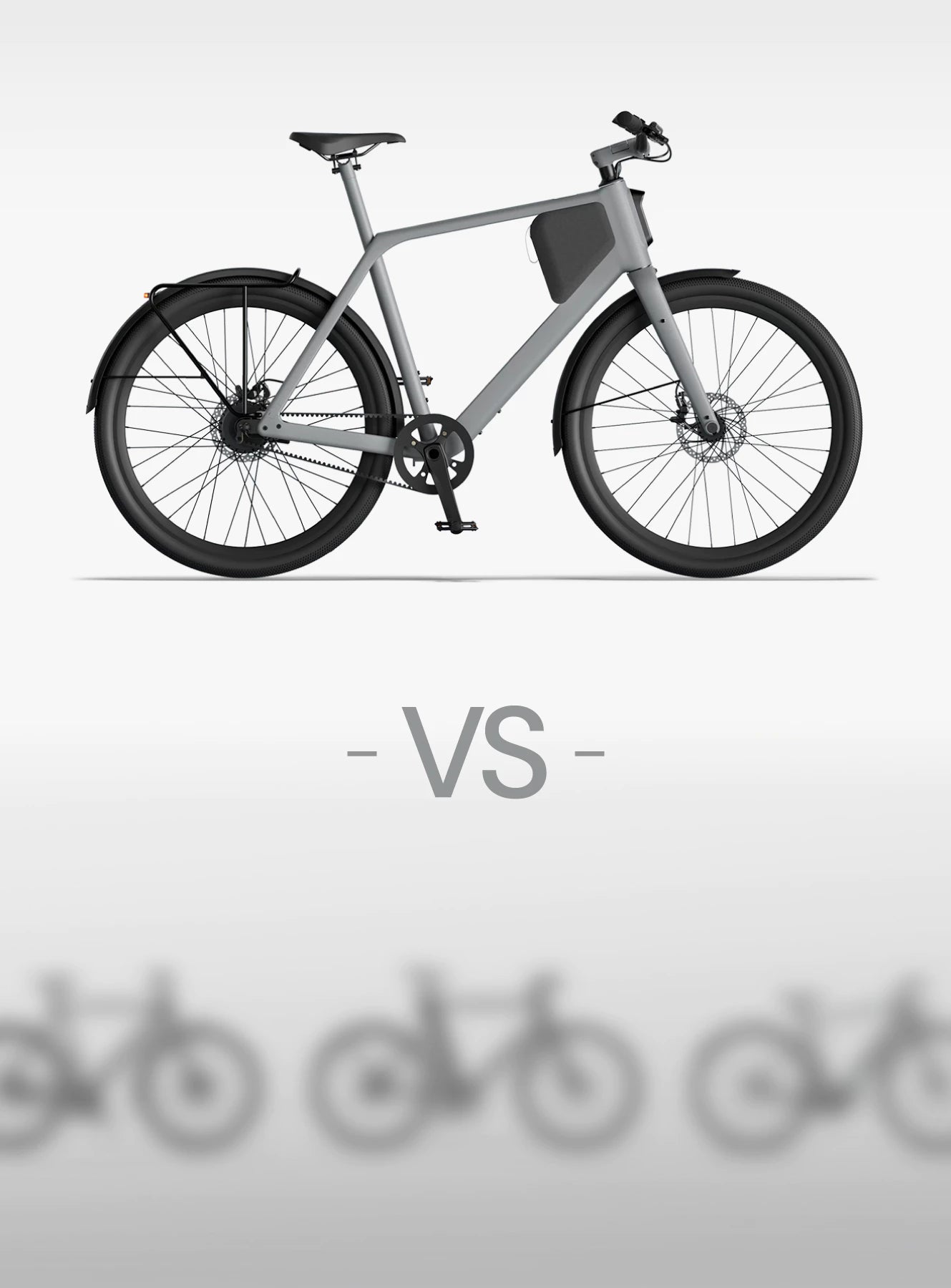
Current Challenges with Conventional Batteries
Despite their widespread use in e-bikes and portable electronic devices, conventional batteries face various challenges that can affect their efficiency, sustainability, and performance. Here are some current challenges:
Limited Energy Density
Conventional lithium-ion batteries have a limited energy density, which means they can only store a certain amount of energy per volume or weight. This limits the range of electric off-road bikes and the usage time of portable devices.
Dependency on Resources
The production of conventional batteries requires the extraction and processing of raw materials such as lithium, cobalt, and nickel. The limited availability of these resources and concerns about ethical sourcing can impact sustainability.
Limited Lifespan
Batteries undergo wear and tear during their operation, leading to a limited lifespan. The need for regular replacement batteries increases environmental impact and disposal issues.
Slow Charging Times
Conventional batteries often have longer charging times compared to traditional fuel refueling. This can affect the practicality of electric vehicles and make their use challenging in certain scenarios.
Disposal Issues
The disposal of spent batteries presents a challenge as many materials contain toxic or environmentally hazardous substances. Efficient recycling is often labor-intensive and costly.

The Emergence of Interchangeable Batteries
In recent years, the concept of interchangeable batteries has gained popularity and could provide an innovative solution to some of the challenges posed by conventional batteries. Here are some aspects of the emergence of interchangeable batteries:
Overcoming Limited Range
Interchangeable batteries can help overcome the limited range of electric vehicles. Instead of waiting to charge, drivers could simply swap out the empty battery for a fully charged one, minimizing vehicle downtime.
Faster Charging Times
Battery swapping can be done in less time compared to charging conventional batteries. This is particularly relevant when it comes to alleviating the charging infrastructure burden and improving convenience for users.
Modularity and Flexibility
Interchangeable batteries enable a modular design, as vehicles are no longer tied to a specific battery. This could increase flexibility for car manufacturers and allow for battery interchangeability between different vehicle models.
Extension of Lifespan
By replacing depleted batteries with new ones, the lifespan of electric vehicles could be extended. Outdated batteries could be replaced with more powerful models without having to replace the entire vehicle.
Environmental Friendliness
The use of interchangeable batteries could enhance environmental friendliness by reducing the need for disposable batteries and environmentally burdensome recycling processes. Interchangeable batteries may be better suited for a sustainable circular economy.

Innovations and Technologies behind Interchangeable Batteries
Modular Design and Standardization
The modular design allows for easy swapping, and standardization promotes compatibility with different devices.
Quick Swap Infrastructure and Compatibility
The introduction of quick battery swap infrastructures contributes to the practical application of interchangeable batteries.
Environmental Impacts and Sustainability
Interchangeable batteries can have a lower environmental impact, particularly when it comes to resource consumption and disposal. The ease of recycling helps reduce electronic waste and conserve resources.
Impact on the Electric Vehicle Industry
Interchangeable batteries could influence the design of electric vehicles and further develop the charging infrastructure. Standardization of interchangeable batteries could promote interoperability between different vehicle models.
Challenges and Limitations
Technical Limitations and Scalability
There are technical challenges, especially regarding the scaling and integration of the technology into existing systems.
Addressing Potential Drawbacks and Barriers
Solutions need to be found for potential drawbacks such as limited acceptance and cost development.
Future Outlook and Industry Forecasts
Technological Advancements
Advancements in battery technology, particularly in terms of energy density, charging efficiency, and weight, will impact the attractiveness of interchangeable batteries. Technological innovations could enhance performance and reduce costs.
Consumer Acceptance
The success of interchangeable batteries heavily depends on consumer acceptance. If users are willing to embrace the concept of battery swapping and appreciate the benefits, this could lead to broader acceptance.
Infrastructure Development
Investments in infrastructure for battery swapping play a crucial role. Expanding charging stations and service centers is necessary to enable the practical application of interchangeable batteries.
Regulatory Framework
Regulatory decisions and standards can have a significant impact on the adoption of interchangeable batteries. Clear regulation and standardization could facilitate development and implementation.
Competition and Collaboration
Collaboration among car manufacturers, battery manufacturers, and other stakeholders in the supply chain will be crucial. Competition and cooperation could shape the market for interchangeable batteries.
Conclusion
Interchangeable batteries could play a crucial role in the future of electromobility. While challenges exist, innovations and growing environmental awareness indicate that this technology can make a significant contribution to extending the range of electric vehicles.








